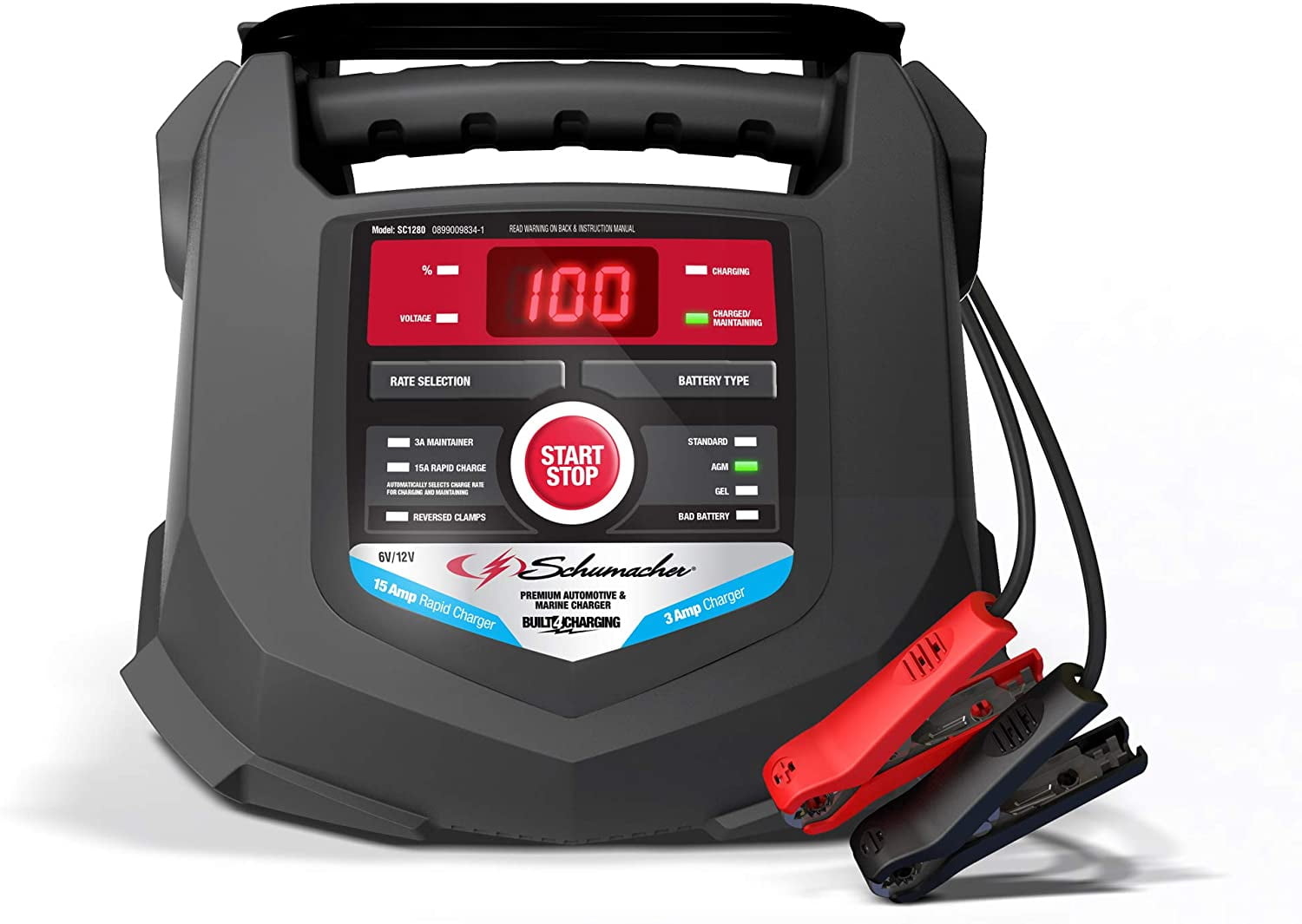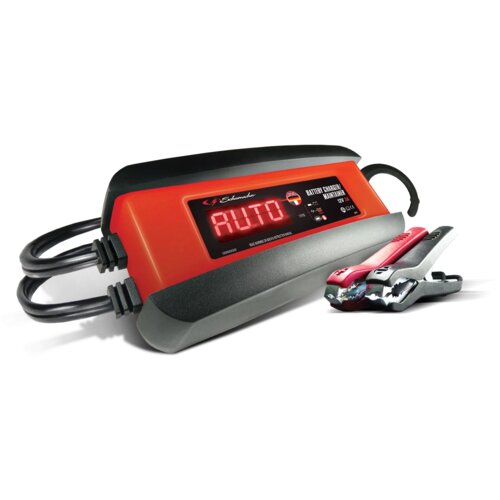
Even if you want the $300 charger, you may find yourself satisfied with this. I think this timer is a great option if you want a cheap way to preserve your battery, especially one that's less valuable, where a $300 charger is hard to justify. It's a 48V, 2A charger for a 19.2 aH battery. The battery went from around 51 volts to 52 volts over half an hour, based on readings from a multimeter and the ebike display. The lights stayed on for 30 minutes (though I didn't time it, but I was standing by working on my garage) and then went off. I clicked two pins in, set for a few minutes ahead, and the outlet and charger lights both went on a few minutes later. And of course, the charger light is off when it's not getting electricity. When you plug in a non-full battery, the charger light turns red. The charger has a light that's green when it's plugged into the outlet without a battery connected. I checked this with my ebike charger (the stock one for a Juiced CrossCurrent S). You can use that when you know you're coming back to the bike soon, and can unplug. There's also an 'On' mode where electricity always flows. The pins don't pop up, so if you always wanted to charge 30 minutes at midnight every night for example, you'd never have to touch the pins again. It also has a little light on it indicating if it's on or not, if electricity is flowing. When the pin corresponding to 11:00AM - 11:15 AM is pressed in, and it's in timer mode, electricity flows. Around the clock, it has 96 black pins or ribs, corresponding to a 15 minute segment each (24 hours * 4 = 96). The timer has a clock built in, and you set the right time on it (e.g., it's 10:30 AM on my watch, set the dial to 10:30 AM). Instead, I got a $10 outlet timer, made by Century from Amazon. I don't own one but it's very highly regarded. So, you'd charge to 75-80%.Įbikes.ca sells a $300 device that automatically charges batteries to your desired energy level, including 80%.



Figure 6 above echoes that (see the orange bar that's 65-75% of capacity). I watched a video of a Tesla enthusiast who emailed a renowned battery expert, who said that keeping your battery around 70% charge is optimal. the wattage equivalent of your entire battery? Or not - e.g. (Can someone clarify if these are full cycles, i.e. This reflects in increased weight and higher initial cost.Īccording to that last chart, use between 25% and 100% will get you 90% capacity after around 1,000 cycles, while a 75-25 range gets you 3,000 cycles before reaching 90% capacity. Limiting the charge range prolongs battery life but decreases energy delivered. Li-ion batteries are charged to three different SoC levels and the cycle life modelled. Figure 7: Predictive modeling of battery life by extrapolation.


 0 kommentar(er)
0 kommentar(er)
